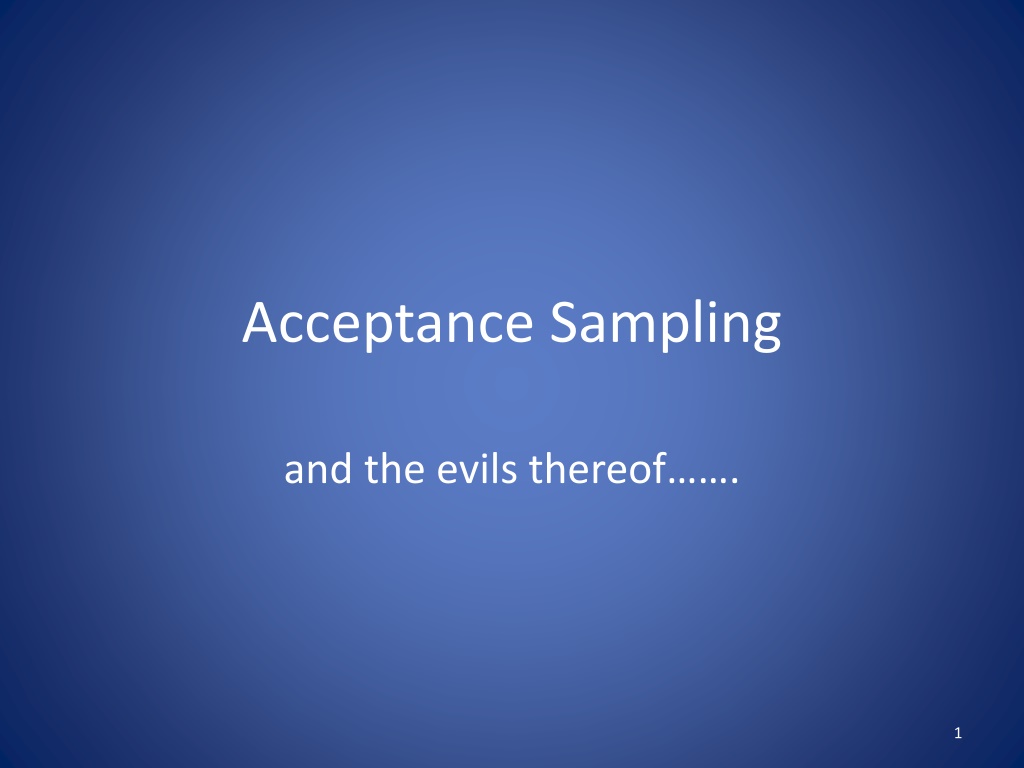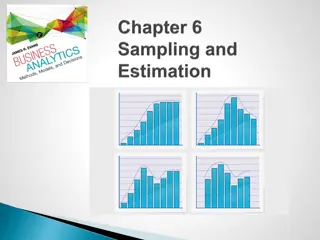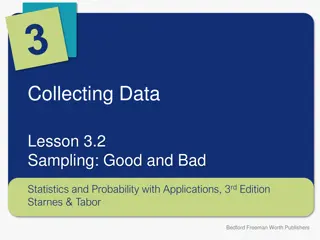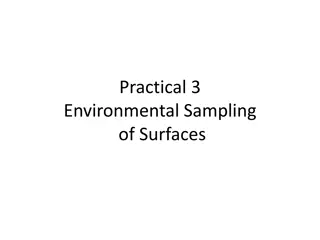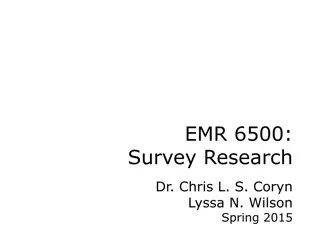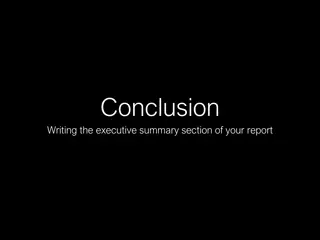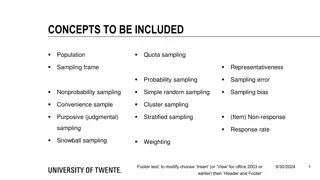Understanding Acceptance Sampling in Quality Control
Acceptance sampling plays a crucial role in quality control by determining whether a lot of goods should be accepted or rejected based on a sample inspection. This method helps manage defects while keeping appraisal costs reasonable. The process involves defining lot and sample sizes, acceptance criteria, probabilities, and risks. By evaluating the Acceptable Quality Level (AQL) and Operating Characteristic Curve, producers and consumers can make informed decisions about the quality of shipments.
Download Presentation

Please find below an Image/Link to download the presentation.
The content on the website is provided AS IS for your information and personal use only. It may not be sold, licensed, or shared on other websites without obtaining consent from the author. Download presentation by click this link. If you encounter any issues during the download, it is possible that the publisher has removed the file from their server.
E N D
Presentation Transcript
Acceptance Sampling and the evils thereof . 1
Rationale: (I dont buy the argument, but .) In situations where Producers and Consumers are willing to put up with shipments of goods which contain defects, the issue then becomes how to keep Lots (shipments) with an excessive number of defects from being accepted. In order to keep Appraisal costs down, sampling schemes are devised to sample items from the Lot and then to accept or reject the Lot based upon the number of defective items found in the sample. 2
Notation N= number of items in the Lot. n= number of items in the random sample of items taken from the Lot. D= number (unknown) of items in the Lot which are defective. r= number of defective items in the random sample of size n. c= acceptance number; if r is less than or equal to c then the Lot is deemed to be of Acceptable Quality, otherwise the Lot is rejected. 3
Acceptance Sampling Plan An Acceptance Sampling Plan is defined by: N= Lot size n=sample size c=acceptance number 4
Acceptance Probability and Risks Assuming: = p D N = = ( ) P( _ _ _ _ ) aP p accept lot with p proportion defective We can evaluate a sampling plan with its corresponding Operating Characteristic Curve, a.k.a. OC curve. 5
Calculating probabilities for the OC curve The probabilities used in calculating values for the OC curve are calculated using the Hypergeometric Distribution. Given that p D N = then the probability that the number of defectives in the sample of size n is equal to r is given by N D n r N n D r 6
Acceptable Quality Level-AQL If the Lot has a proportion of defectives lower than the AQL, i.e. p AQL then the Lot is deemed to be of Acceptable Quality Level by Producer and Consumer. 7
OC curve and Producer and Consumer Risk The Probability that we accept a Lot is ( ) ( ) = aP p P r c for a given proportion of defectives p = D N which is calculated using the Hypergeometric Distribution as given. 8
Risks and the AQL If the proportion defective is less than or equal to the AQL, then the Producer runs the risk of having the Lot rejected which is: ( ) 1 , p aP p AQL If the proportion of defectives is greater than the AQL, then the Consumer runs the risk of accepting a Lot of unacceptable quality which is: ( ), p aP p AQL 9
Suppose AQL=5% If the AQL=5%, we might think that the sample proportion which does not exceed 5% would indicate that the Lot is acceptable. Let us suppose our Lot size=1,000. If we plot = = ( _ ) . _ aP P Accept Lot vs p proportion defective we can see how well various plans work. 10
They can work if If the Lots are either really good (very few defects), or really bad (many defectives). The samples are representative , i.e. close to the true proportion of defectives. Representative is notthe same as random . Random samples are chosen in such a way that every possible subset is equally likely. Only large samples are likely to be representative. 12
Producer and Consumer Risks If n=20, the producer s risk at the AQL is around 30%, i.e. a Lot of acceptable quality may be rejected. At just over 5% defective, the Consumer s risk is about 70%. The plans work better as n increases. 13
When does random sampling start to work well? As n increases, we would expect the Producer s and Consumer s risk to both decrease. How much do we have to sample to reach an acceptable level of risk for both of them. 14
More sampling clearly does work If we compare n=20 to n=100, there is a substantial improvement. If we compare n=100 to n=240, there is still an improvement, but the amount of improvement is not as great, i.e. there is a diminishing return. 16
Largest sampling plans comparison The largest sampling plan, n=500 has the best performance in terms of risk, but it is not much better than n=100 or n=240. The only way to get no risk is to sample everything, or .. Invest in Prevention, then only use sampling to monitor the improved processes. 18
